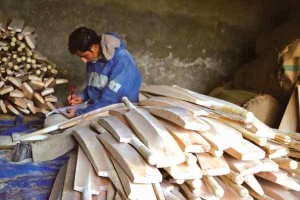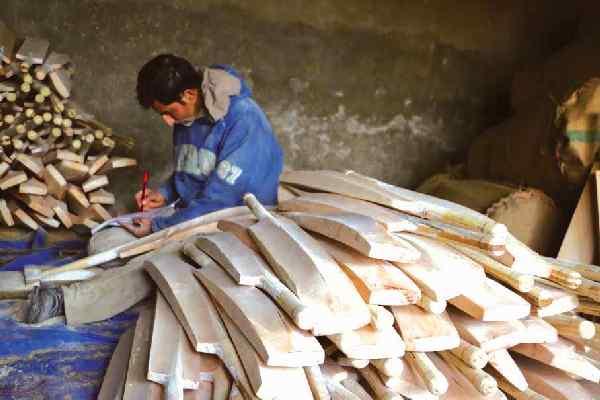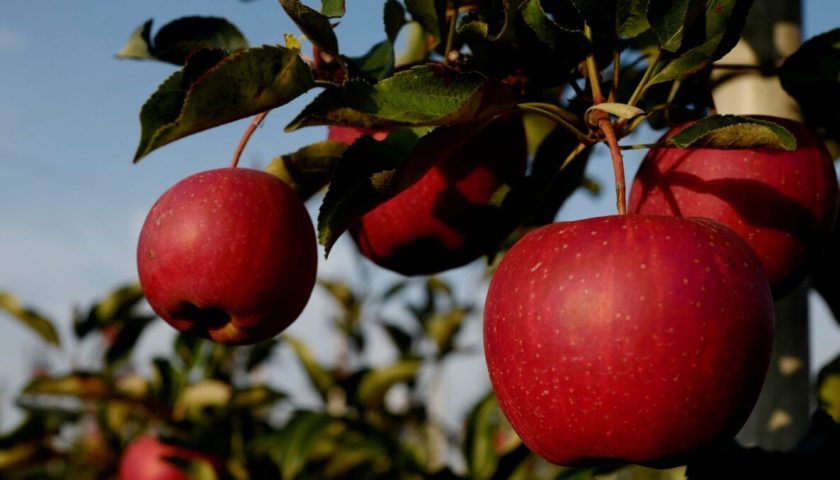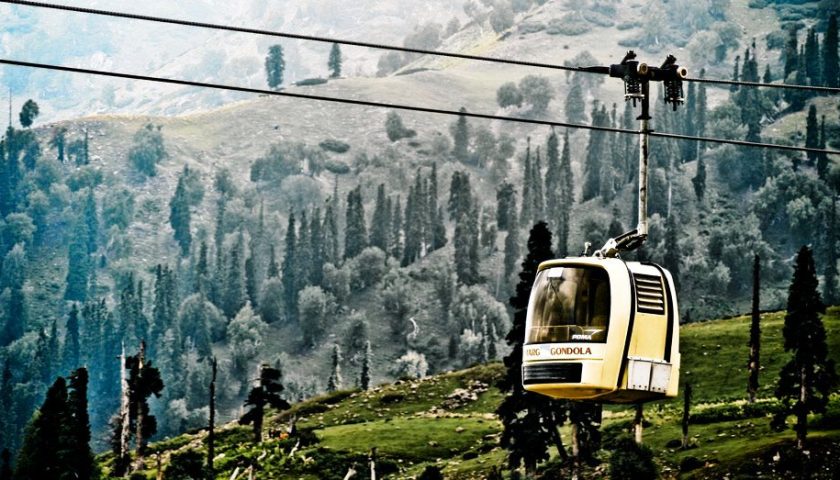 From Jawbehara in Pulwama to Anantnag along the highway, a number of bat factories grab your eyeballs. As the bill-boards glued on these factories are big, so small the business is happening inside them nowadays.
From Jawbehara in Pulwama to Anantnag along the highway, a number of bat factories grab your eyeballs. As the bill-boards glued on these factories are big, so small the business is happening inside them nowadays.The owners of these factories claim, the business is dying its own death because of the indifference of the government towards them. The government had declared an Industrial cluster for this factory but the same hasn’t seen the light of the day yet. “The disorganized way of selling the product has a negative effect on the earnings. If the government had brought the concept of the industrial cluster into action, the earnings might have surged,” says the bat manufacturers.
In Jawbehara village Abdul Rasheed Parray owner of RJ Tamar Sports, sits idly in his factory, doing nothing. “Sitting idle here was a rare thing. We used to have no time even for tea such was the busy nature of work but now we have plenty of it.”
Rasheed recalls that since 1976-2012, when he took over this occupation, he would work along with 40 laborers in his factory for 16 hours a day and send 12000 bats a month but now hardly 1500-3000 bats, he could send. “Then (before 2012) there used to be a demand for the product now we have to go ourselves to make a deal with the brokers which consequently lowers price of the product.”
His bat factory is partially shut for the last two years and only two labourers could be seen in the factory. The annual turnover of the factory used to be in crores now it fetches only few lakhs.
According to him the English willow cleft (unfinished bat) costs 600 whereas the Kashmiri finished bat is sold with price of 350, because the demand of the bat has declined, which otherwise used to be 600 before 2012.
According to him a major reason for downfall of this industry is the smuggling of willow clefts out of the Valley, which could have been restricted, had the cluster being made. Although the export of willow clefts has been banned by the government, yet on ground it has hardly remained enforced. Clefts or semi-processed bats are stolen in large numbers and sold at Amritsar or Meerut for processing.
“Finished truck of bats would take one month to complete but the clefts take only seven days which means four trucks a month go out which diminishes the prospects of good sale for our finished products,” says Rasheed.
According to Muhammad Yousuf Wani, owner of Wani Sports, the other factors which have been detrimental for this industry are -The climate of the valley is wet in winters and most of the season, a seasoning plant was established at Sather, Sangam which would help in drying the product soon but “unfortunately” it hasn’t been inaugurated yet.
In the September floods, the factories remained drowned for days. “We suffered losses of crores of rupees. The wood which remained under water, changed colour and became useless. We had finished bats and raw material which was washed away but in spite of constant ‘appeals’, the government has provided them no relief.
The “bat-hub”, comprising of eight villages – Jawbehara, Charsoo, Hallmulla, Bijbehara, Sangam, Sethar, Pujteng and Mirzapor in the South Kashmir had to bear the brunt of widening of national highway, which displaced many factories and some didn’t open it again because of the low dividends, it started to fetch. “The biggest handicap of the industry is the willow itself, which takes decades to grow to the size required for making bats. If the government had introduced an upgraded breed of the willow, which grows faster to the required girth, the industry could have been saved.
“There are not many trees left and no one plants them anymore because the government has failed to introduce the English willow here. No one will keep his land in use for a plantation which takes 30 years to grow.”
He said the government should kick start willow plantation drive so that there is enough raw-material available for the bat manufacturers. “The farmers prefer cultivating poplars since they grow in little time while the willow takes ten to fifteen years to grow.”
The bat manufacturers are also burdened by the increase in prices of raw materials such as rubber used for the grip, stickers and lamination along with polishing charges.






